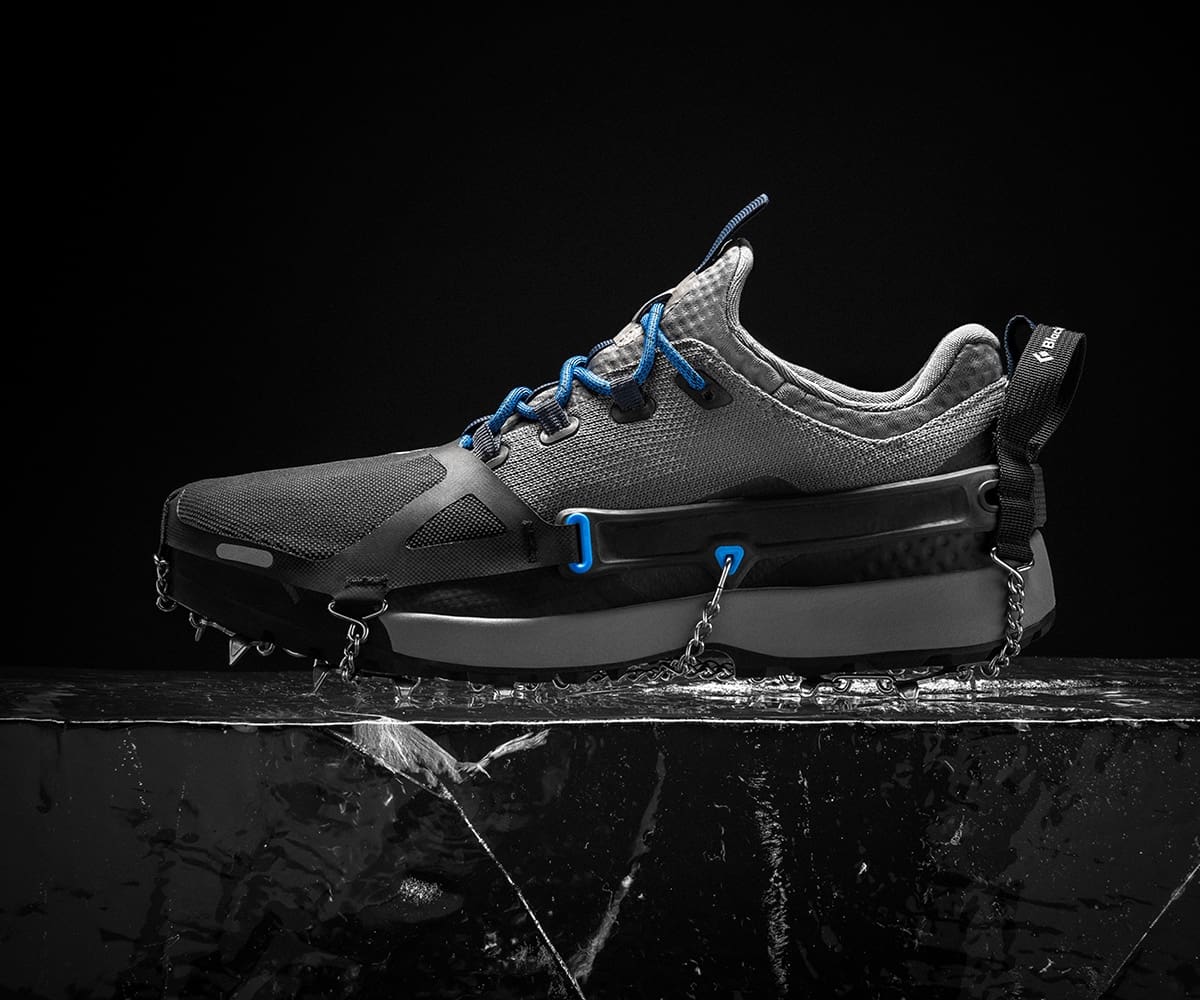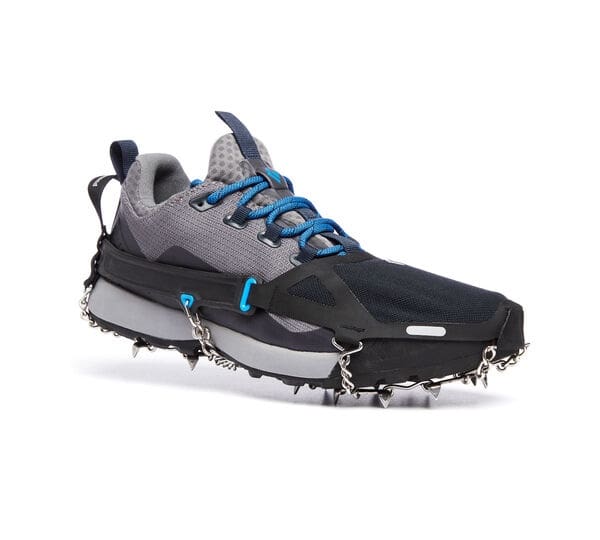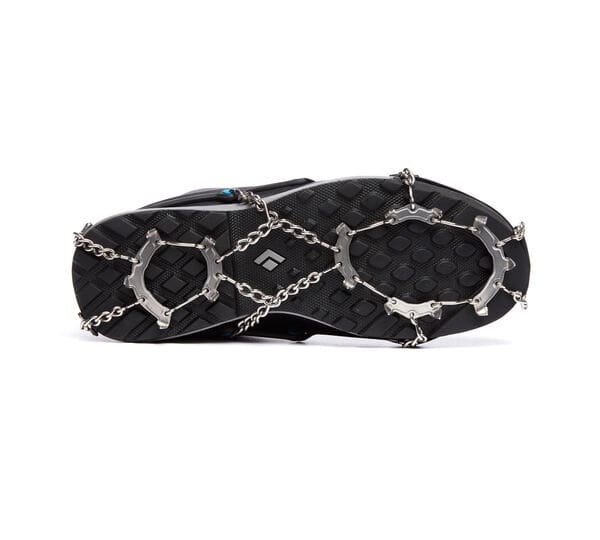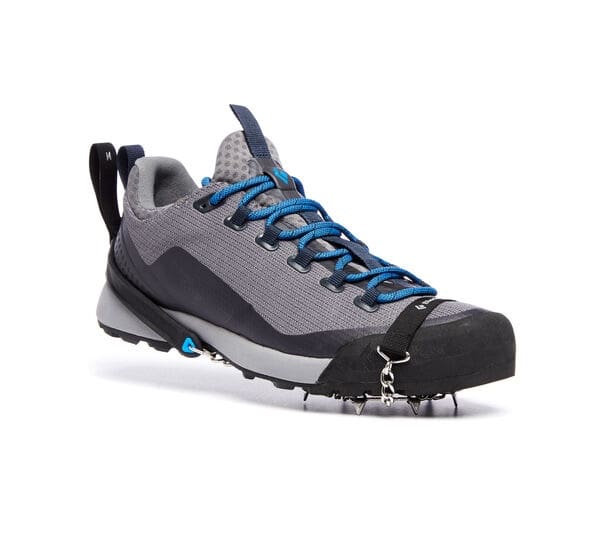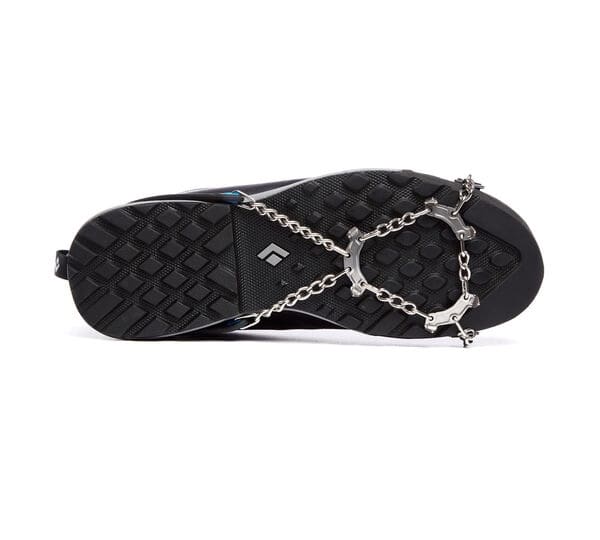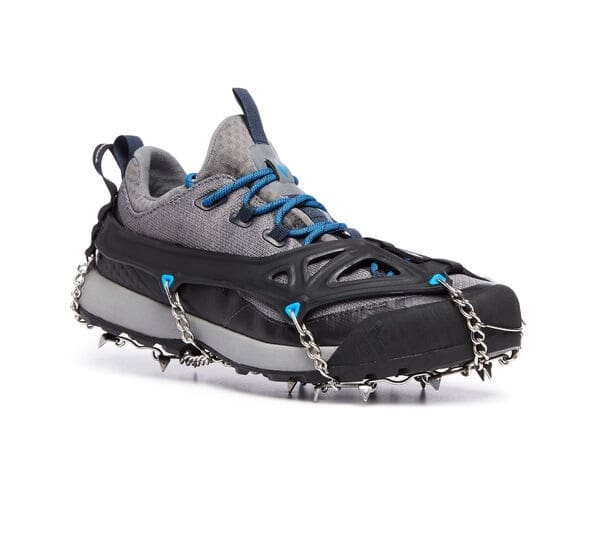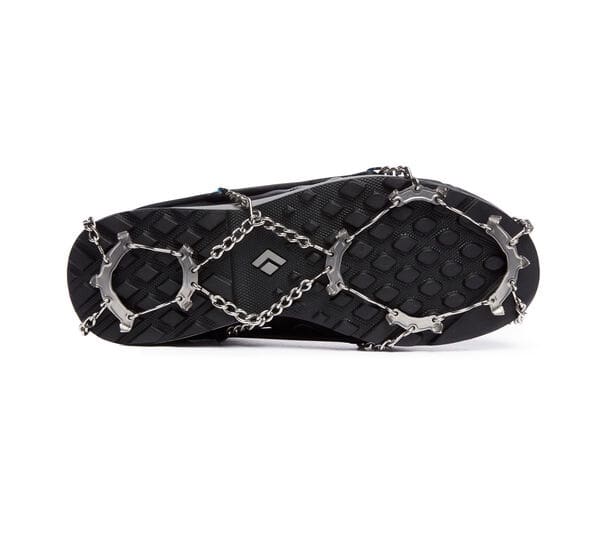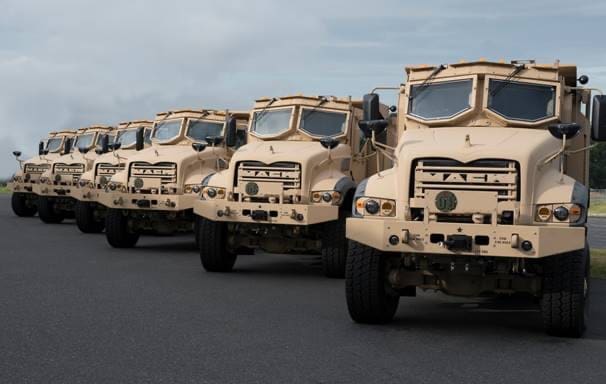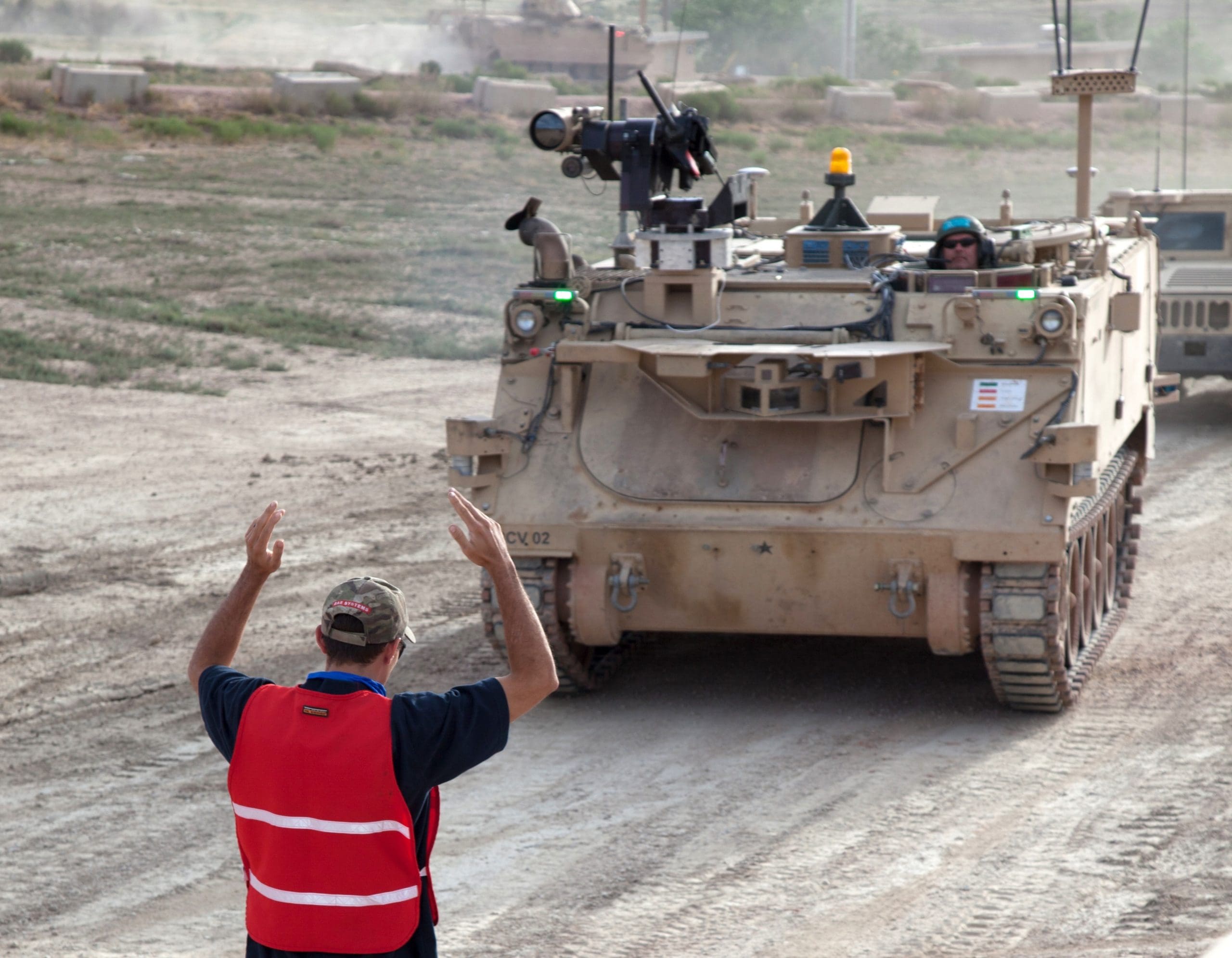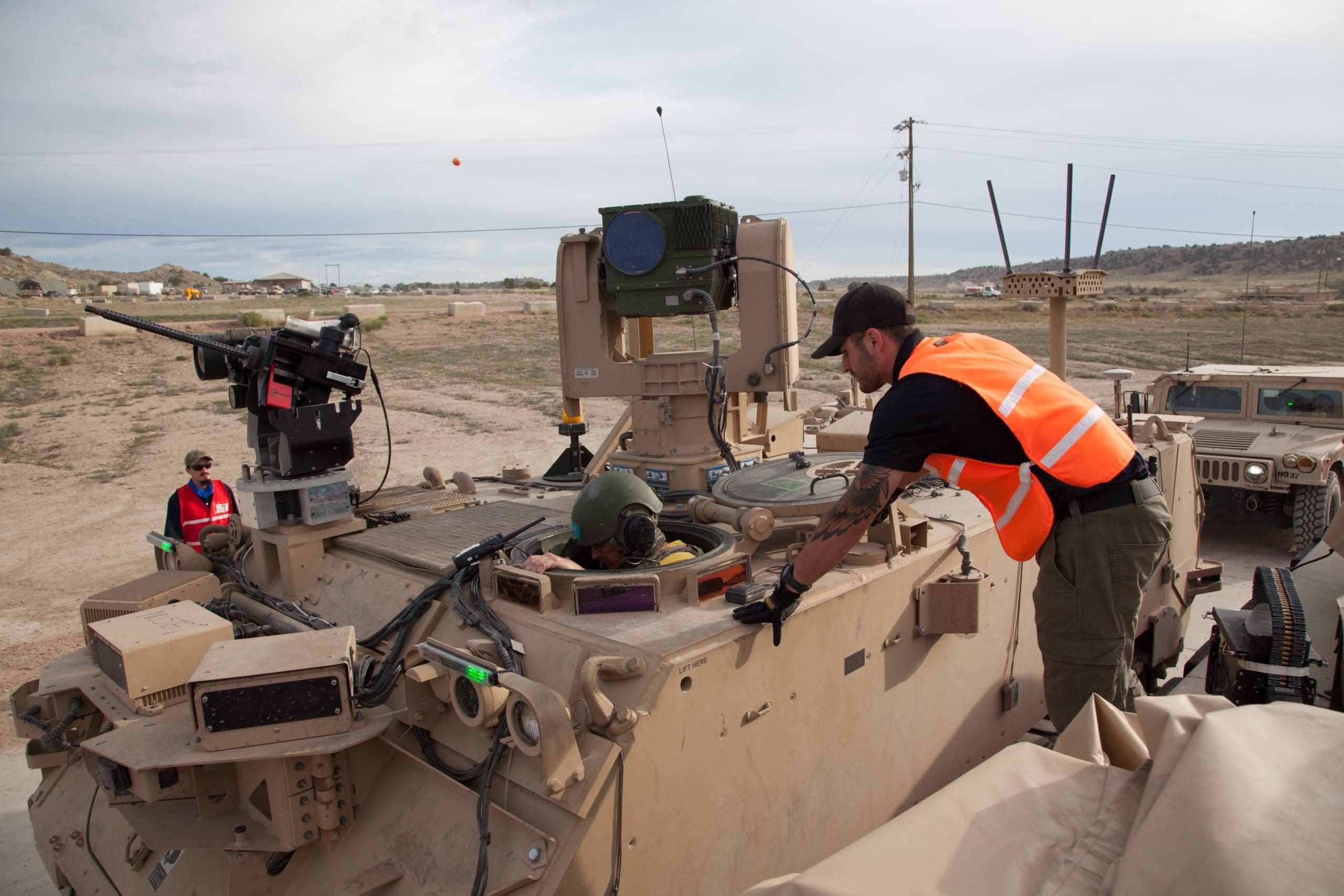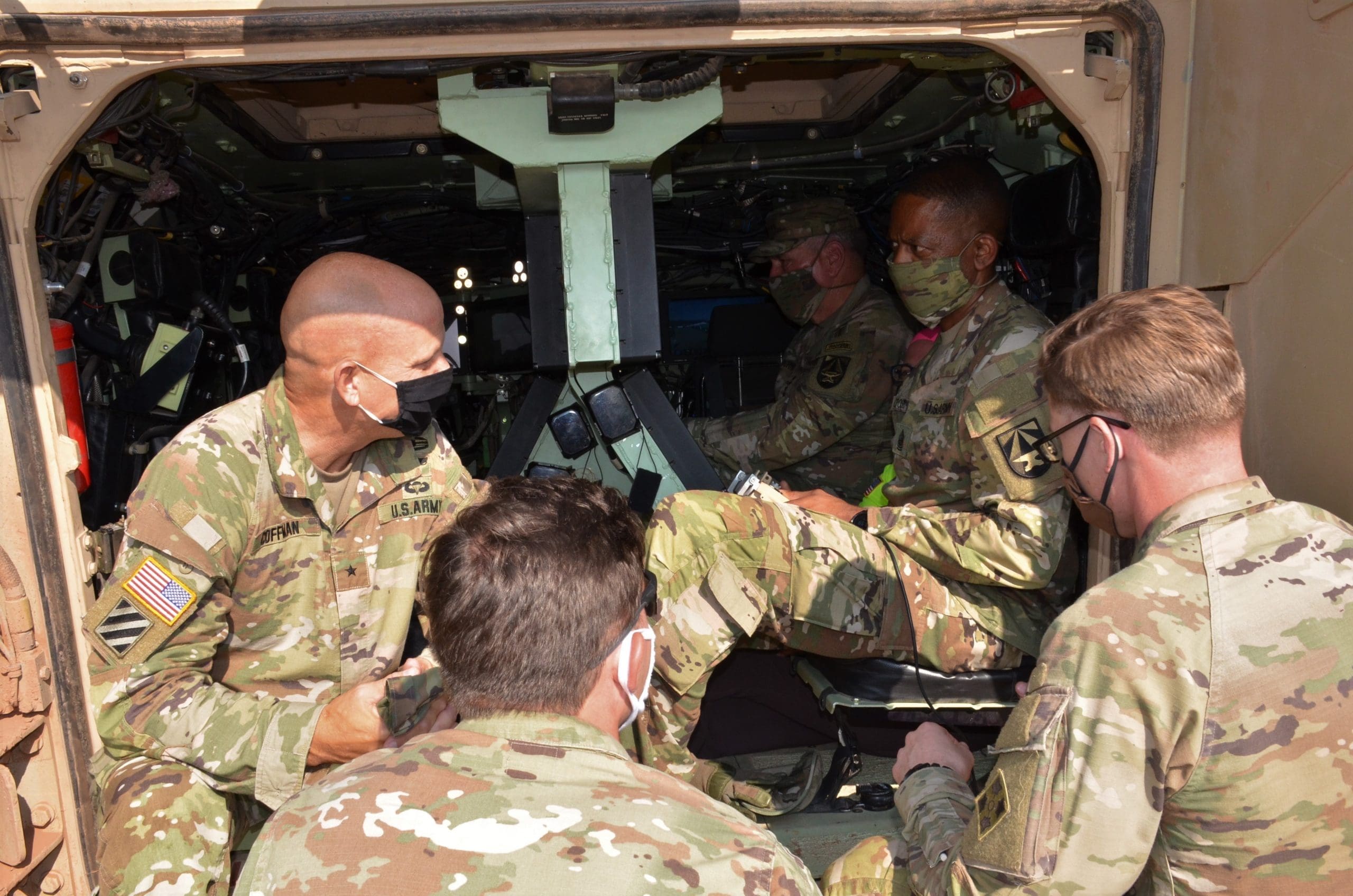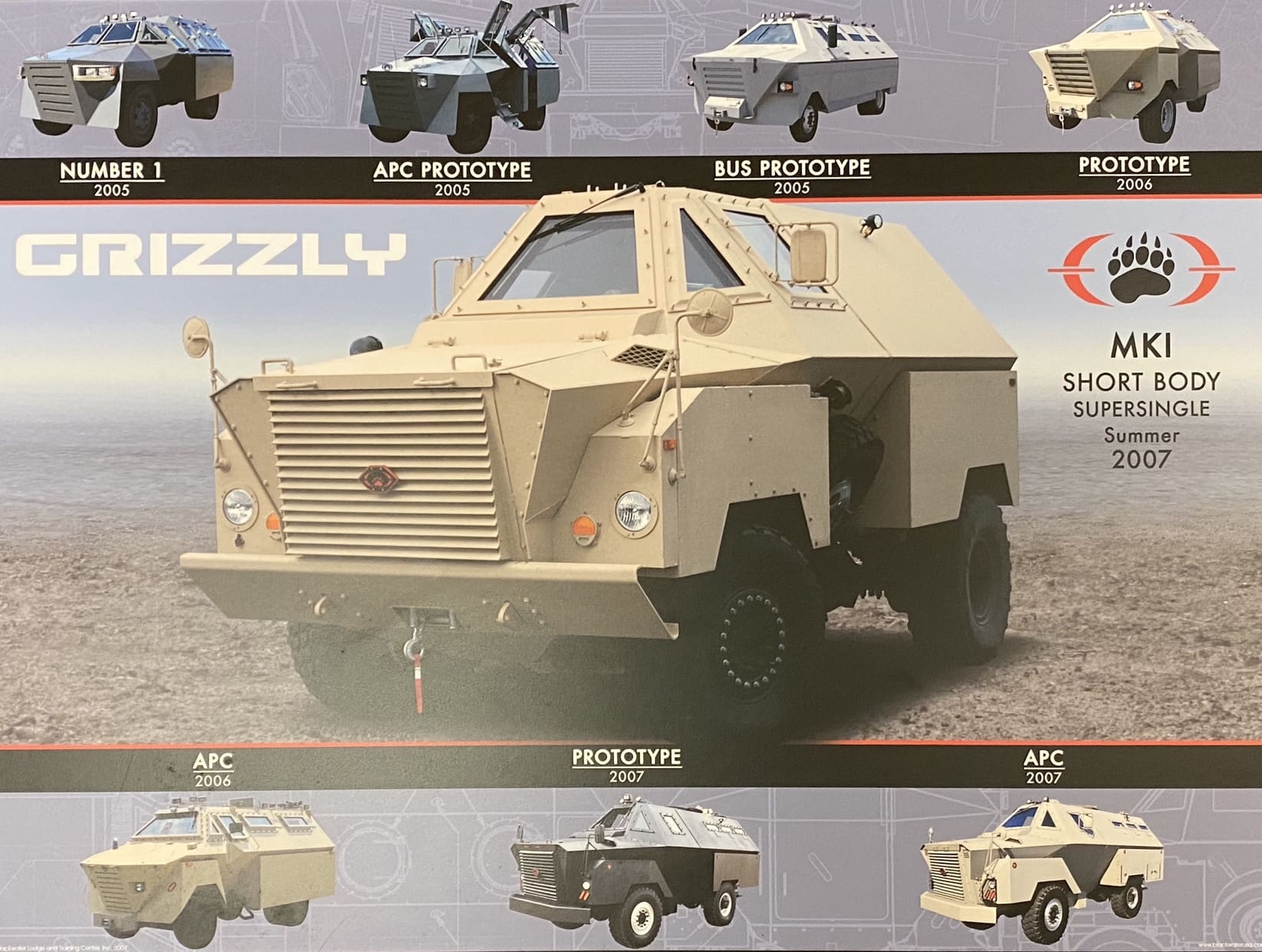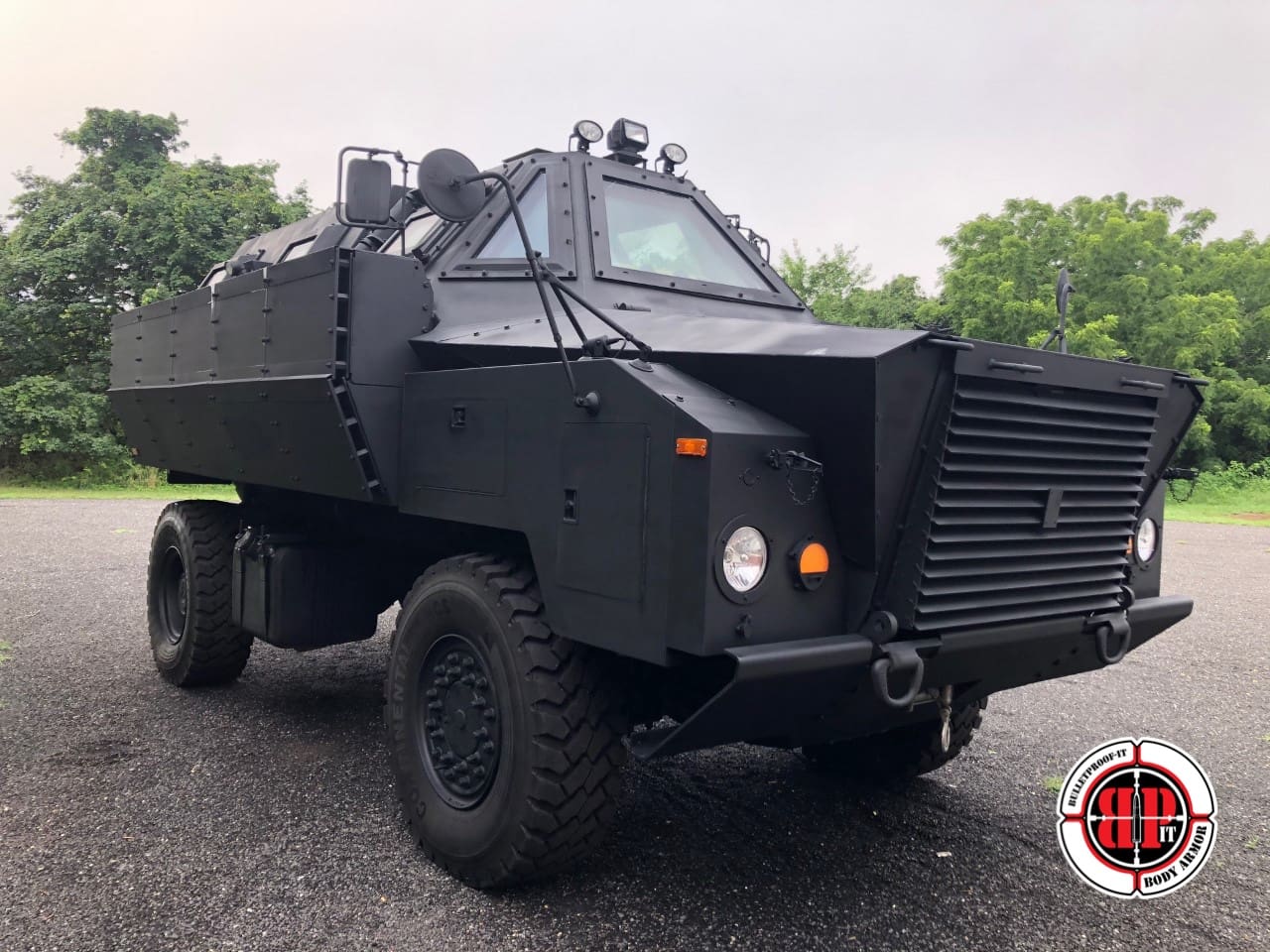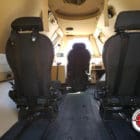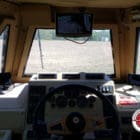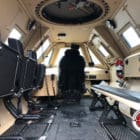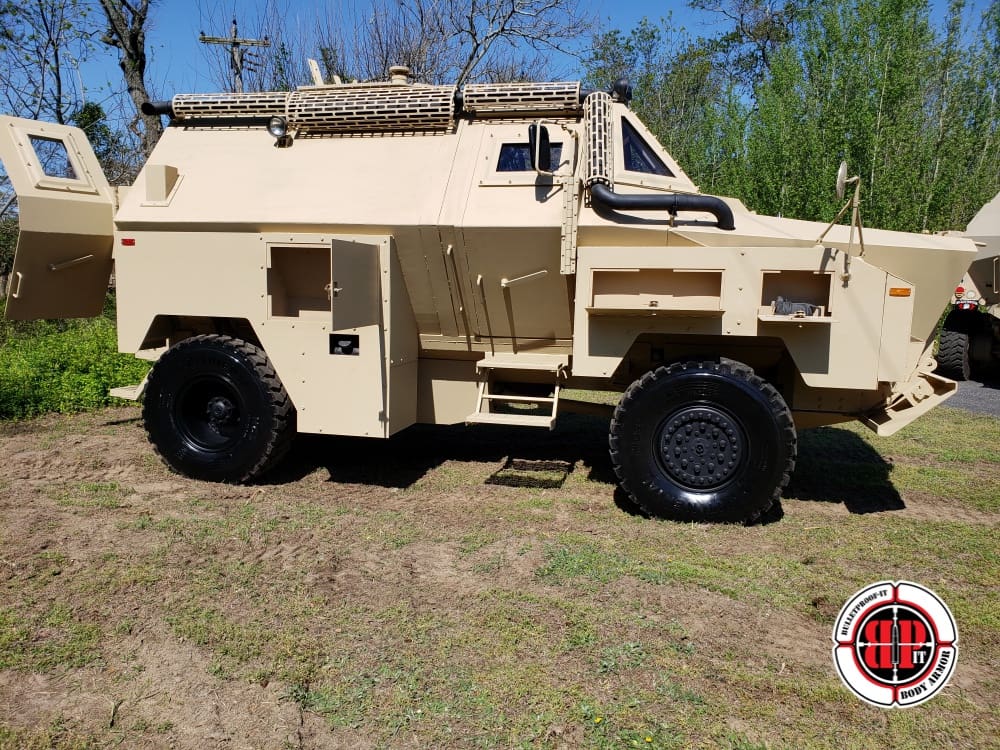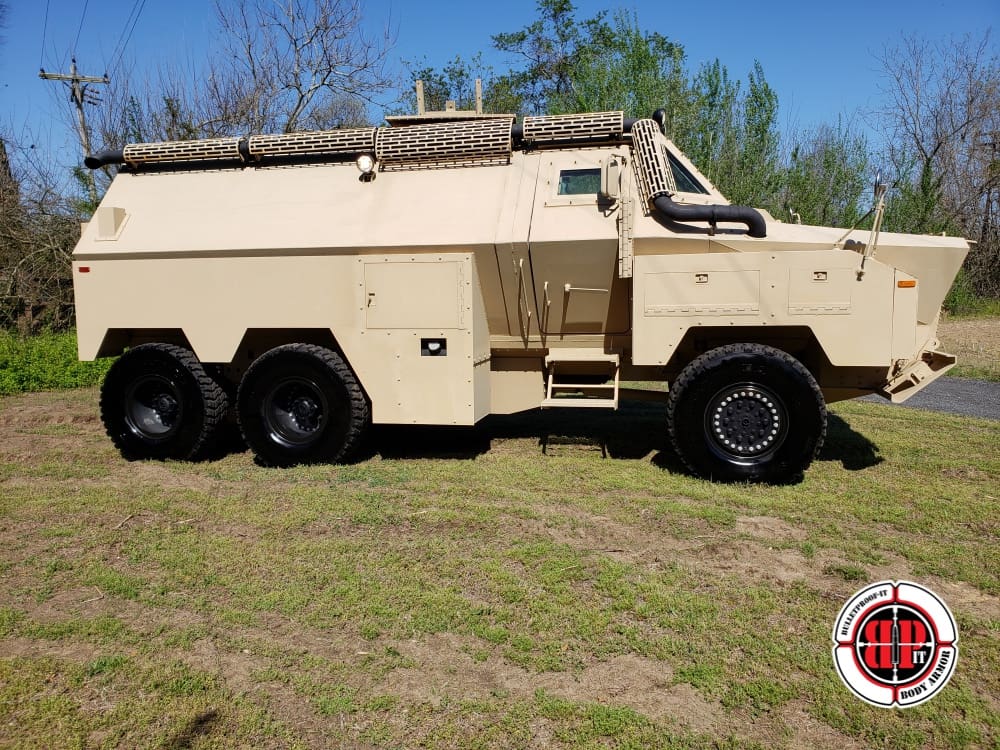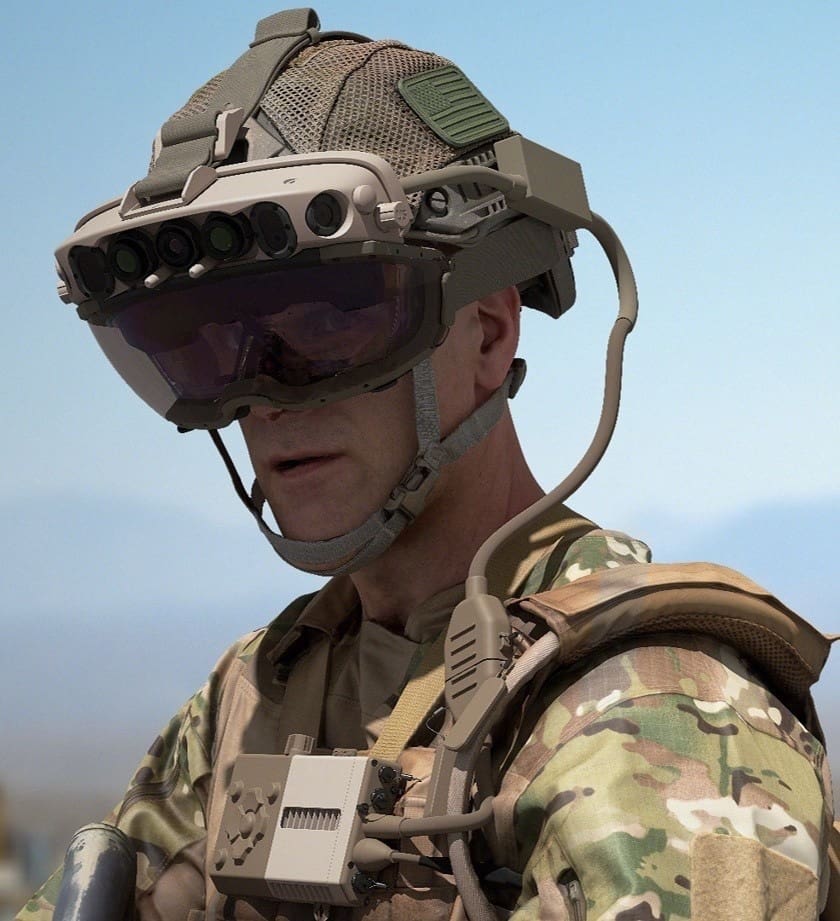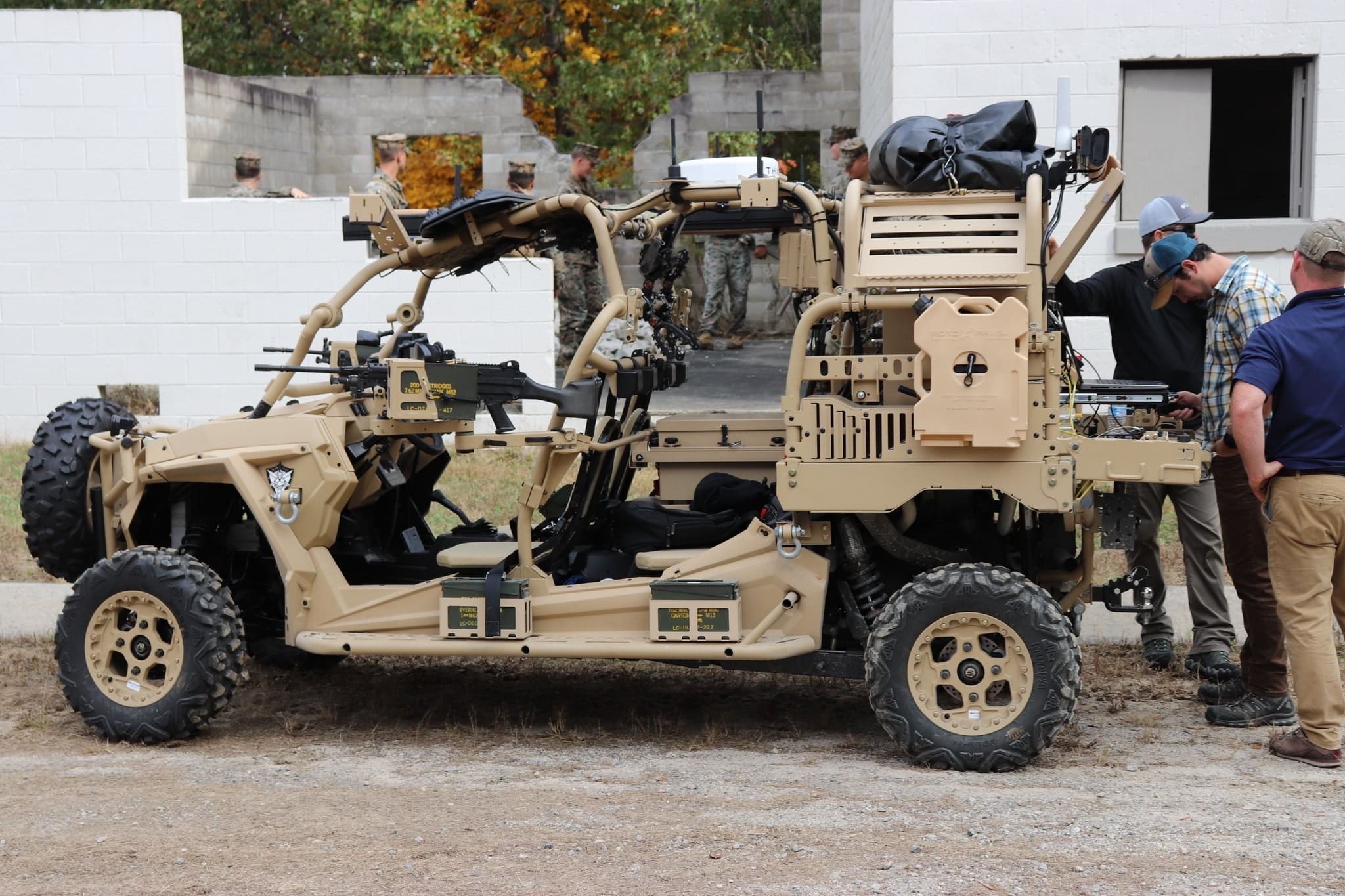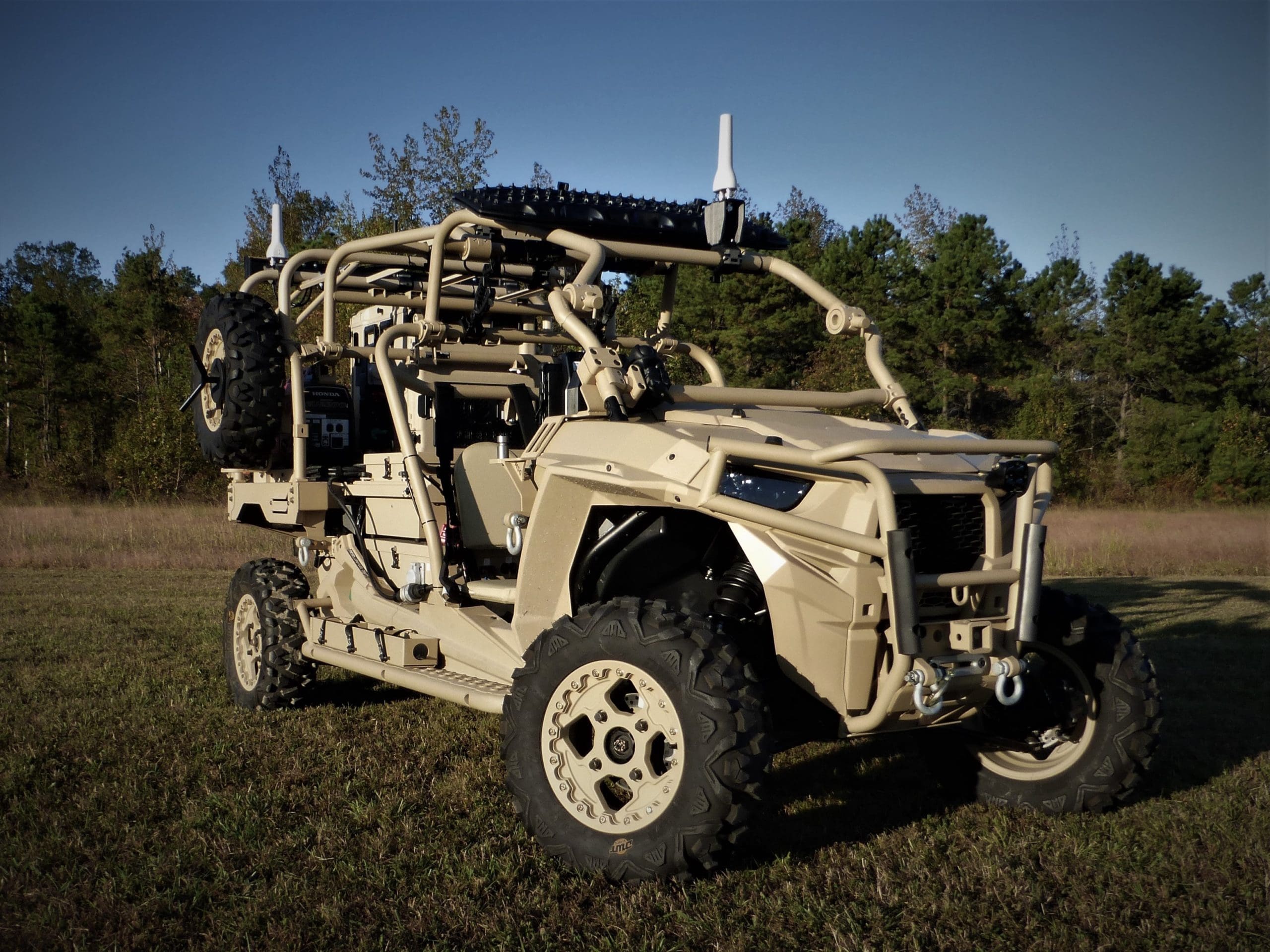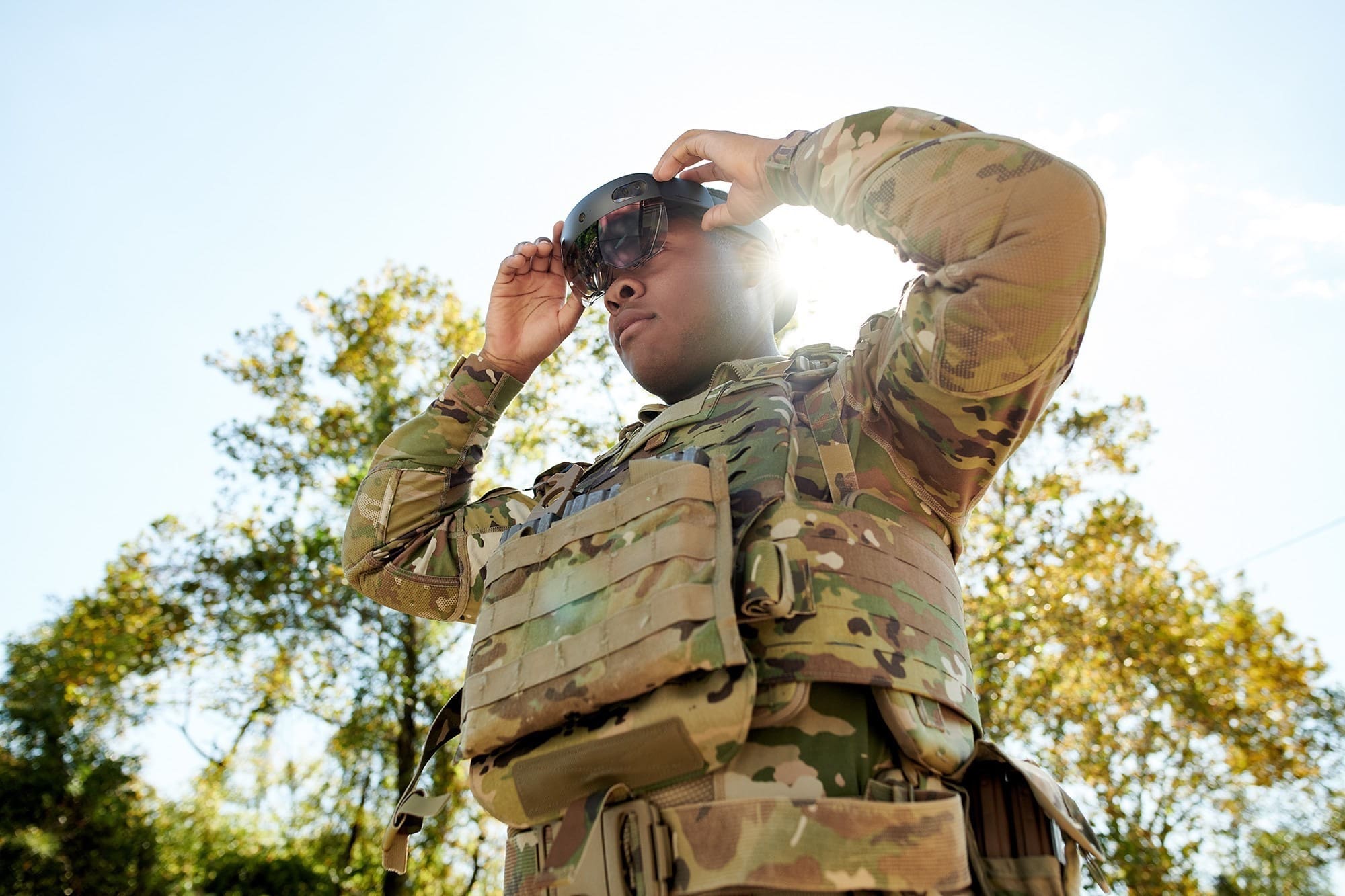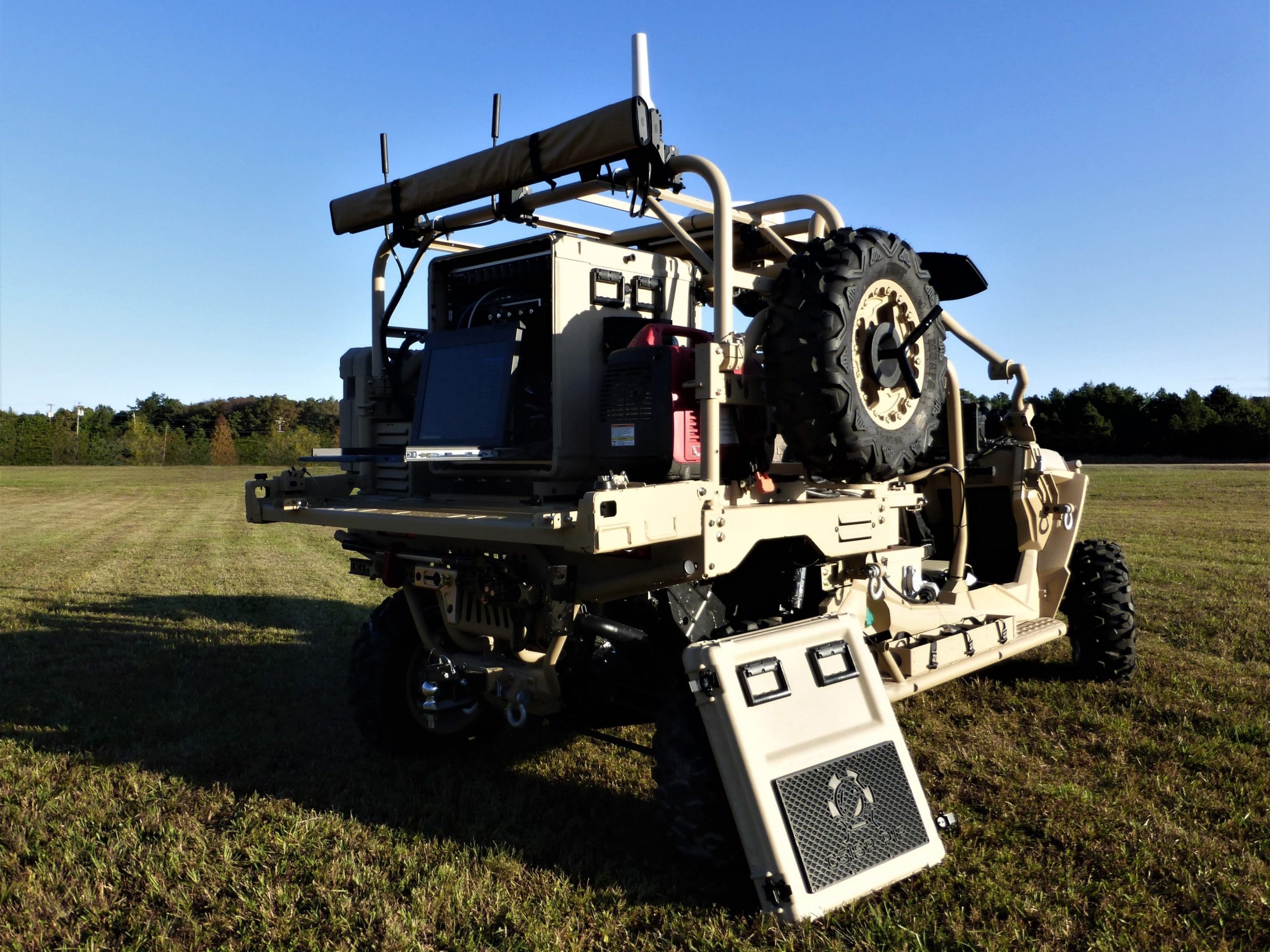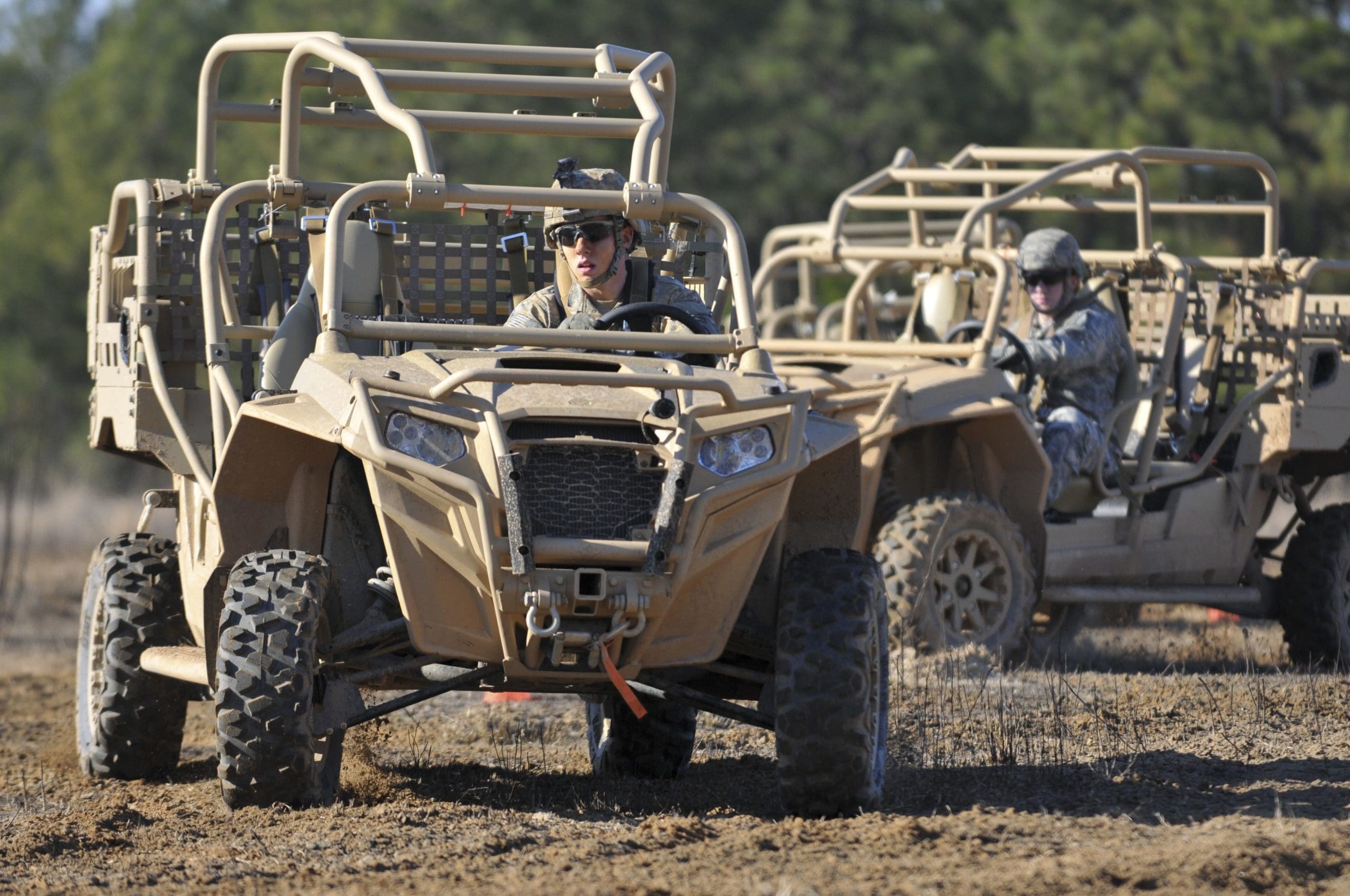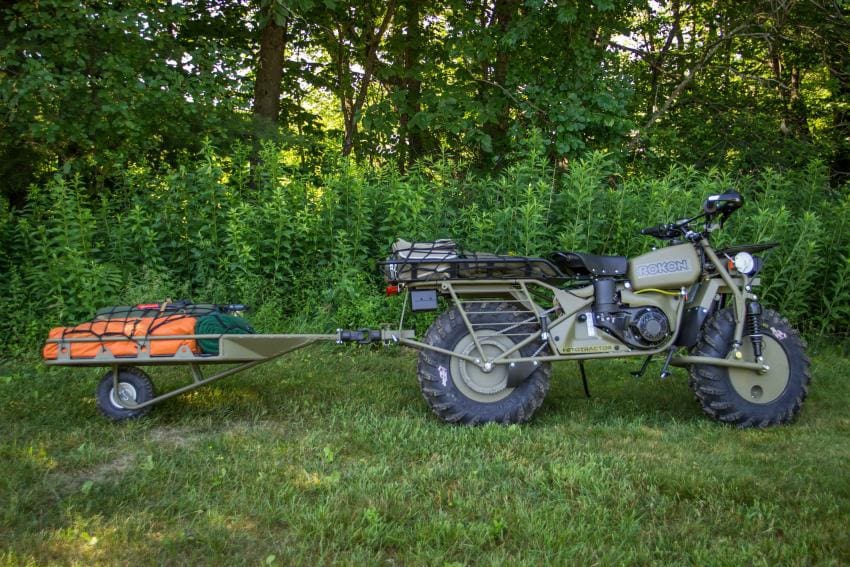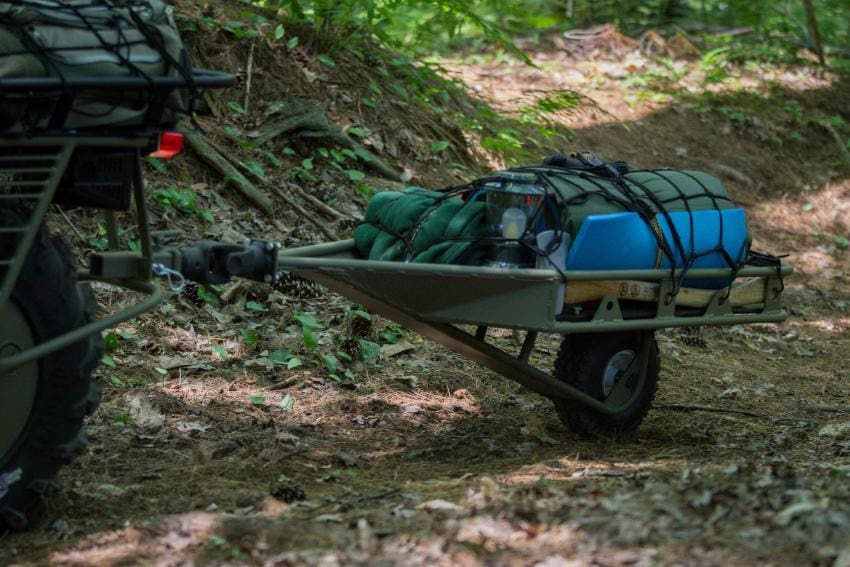The MRZR Alpha provides superior off-road maneuverability and performance
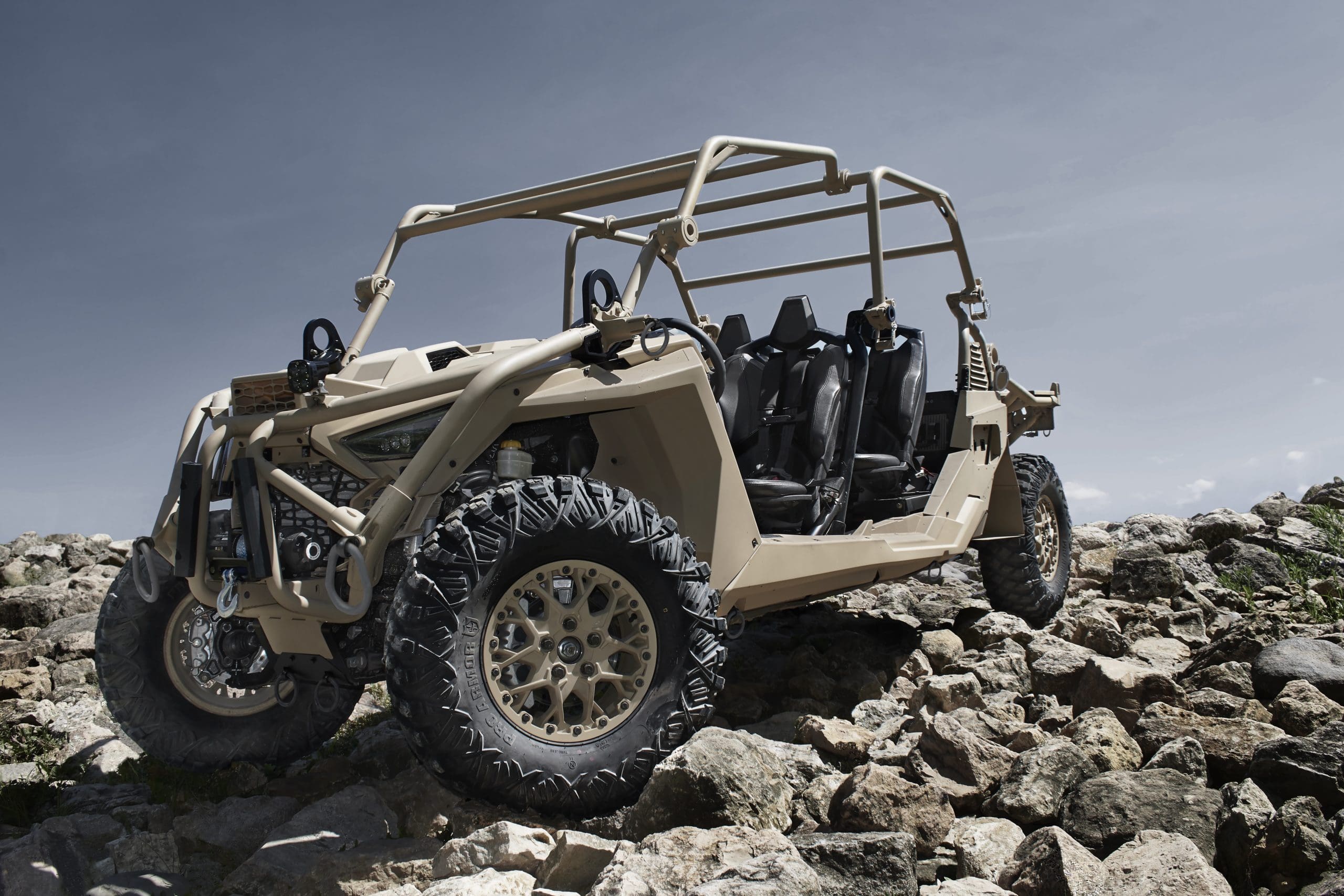
Minneapolis – September 1, 2020 – Agile, compact and full of power, the MRZR Alpha is the newest light tactical vehicle from Polaris Government and Defense, the largest ultralight tactical vehicle provider for the U.S. military, and a division of global powersports leader Polaris Inc. (NYSE: PII). The MRZR Alpha is Polaris’ 11th military vehicle produced in 12 years and it represents the insertion of cutting-edge off-road vehicle technology for ultimate tactical mobility – derived from research and development investments that keep Polaris in front of the highly competitive off-road vehicle market.
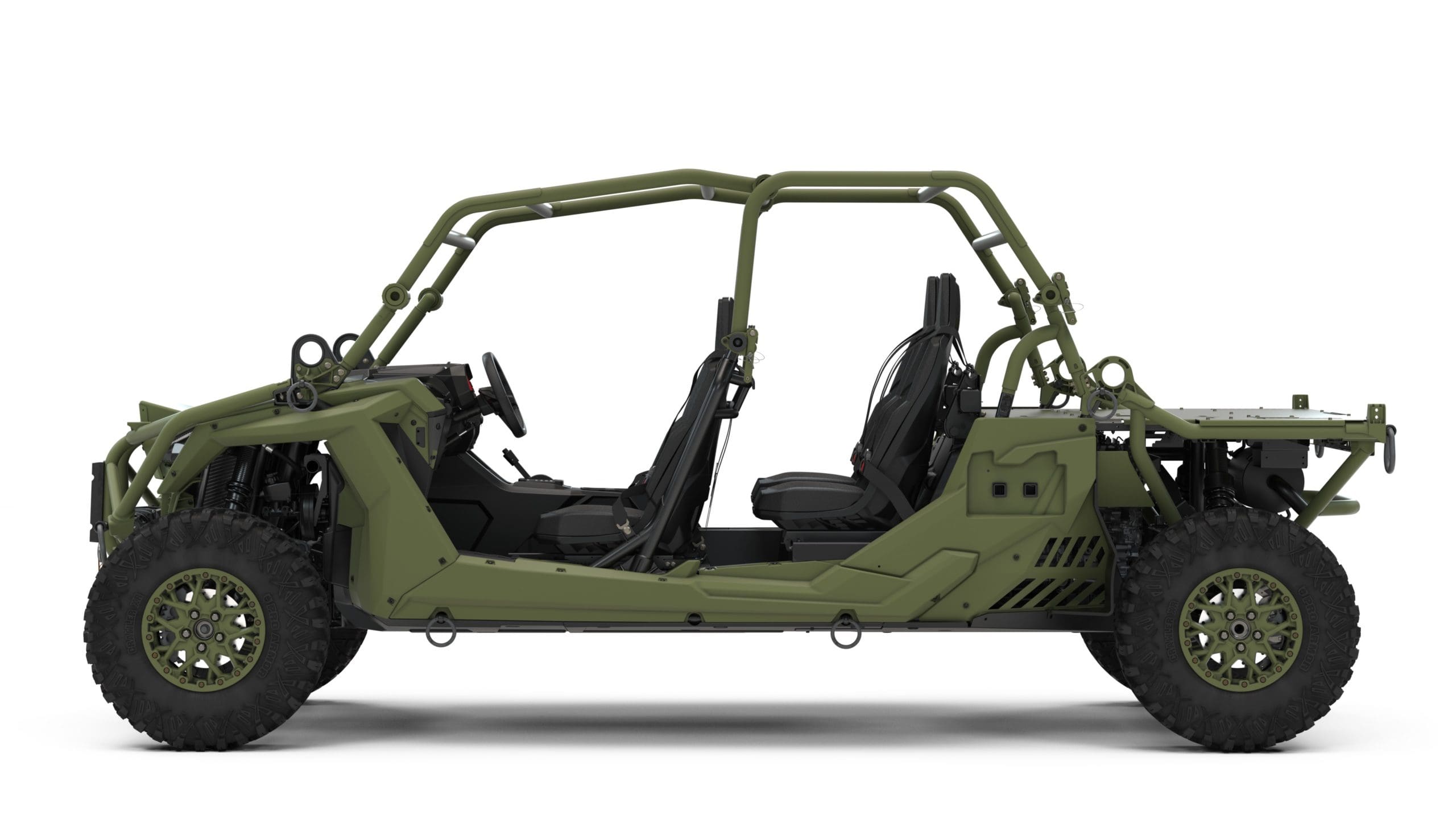
Developed for U.S. Special Operations Command (USSOCOM), the MRZR Alpha supports requirements for a longer life-cycle while increasing performance and payload and maintaining internal air transportability. The MRZR Alpha is currently under General Services Administration (GSA) contract through the Light Tactical All-Terrain Vehicle (LTATV) program, which has a value of up to $109 million and was awarded on May 29, 2020.
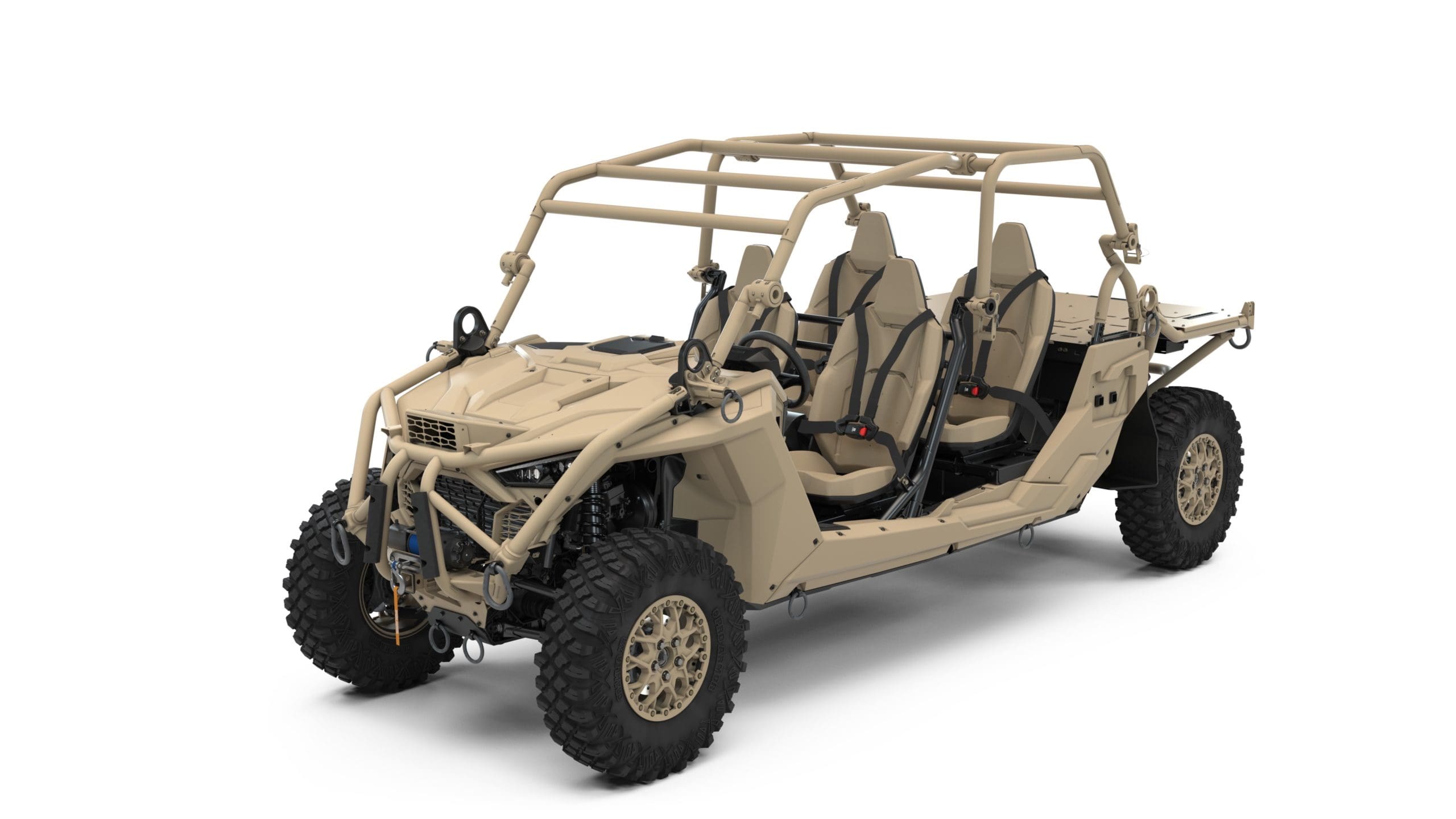
“By following the demanding requirements and feedback from U.S. Special Operations Forces, we’ve created the highest performing MRZR yet – and in the process, established an all-new breed of vehicle that is still internally transportable via V-22 in a more capable package to ensure mission success,” said Nick Francis, director, Polaris Defense. “The MRZR Alpha is powerful and flexible enough for expanded missions, provides more durability to meet an extended life-cycle and is agile in off-road environments to best support operators, yet compact and lightweight for tactical air transport.”
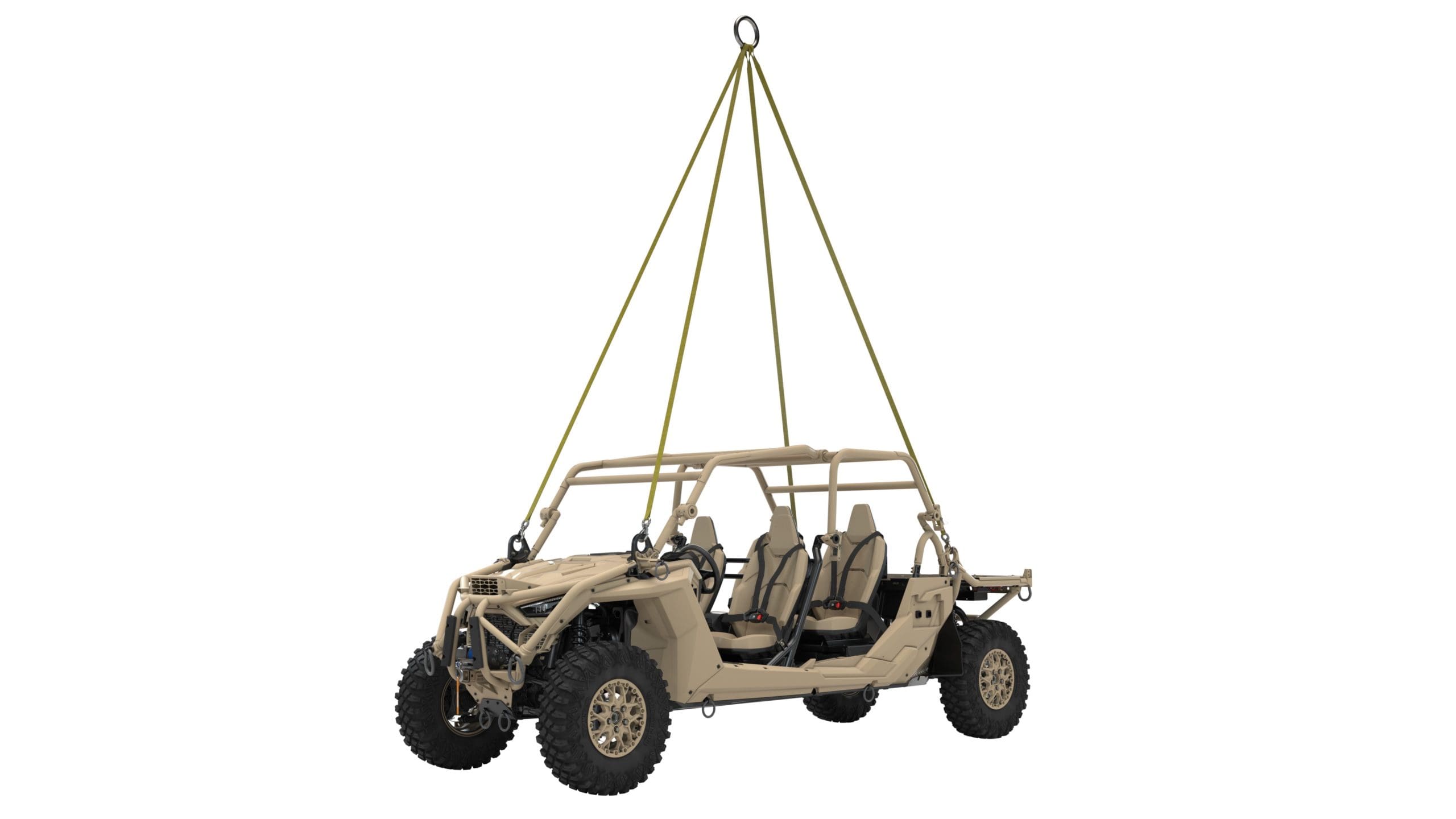
The MRZR’s light weight and off-road capabilities make it ideal for transport via helicopter and operation in terrain that would otherwise be traversed on foot. Since their introduction, MRZRs have been outfitted with counter unmanned aerial systems (C-UAS), direct-fire weapons, high-energy laser systems, intelligence, surveillance and reconnaissance (ISR) systems, tactical aviation ground refueling systems, expeditionary command and control systems, autonomy packages, litters for casualty evacuation and communication equipment. First introduced in 2012, Polaris has continued to enhance the MRZR platform to meet the mission demands of the U.S. military, and over 40 allied forces worldwide – and the MRZR Alpha ups the ante once again.
Beyond infantry support, the MRZR Alpha’s enhanced system design and payload capacity expand its possible mission roles to include indirect fire weapons, explosive ordnance disposal (EOD) systems, network-on-the-move, logistics and missile launch. The MRZR Alpha retains a 1500 lb towing capacity common in the MRZR family, as well as blackout mode and a two-litter capacity. The MRZR Alpha comes in a two and four-seat option, like its predecessors, and now a mission kit provides ROPS for two additional rear-facing seats.
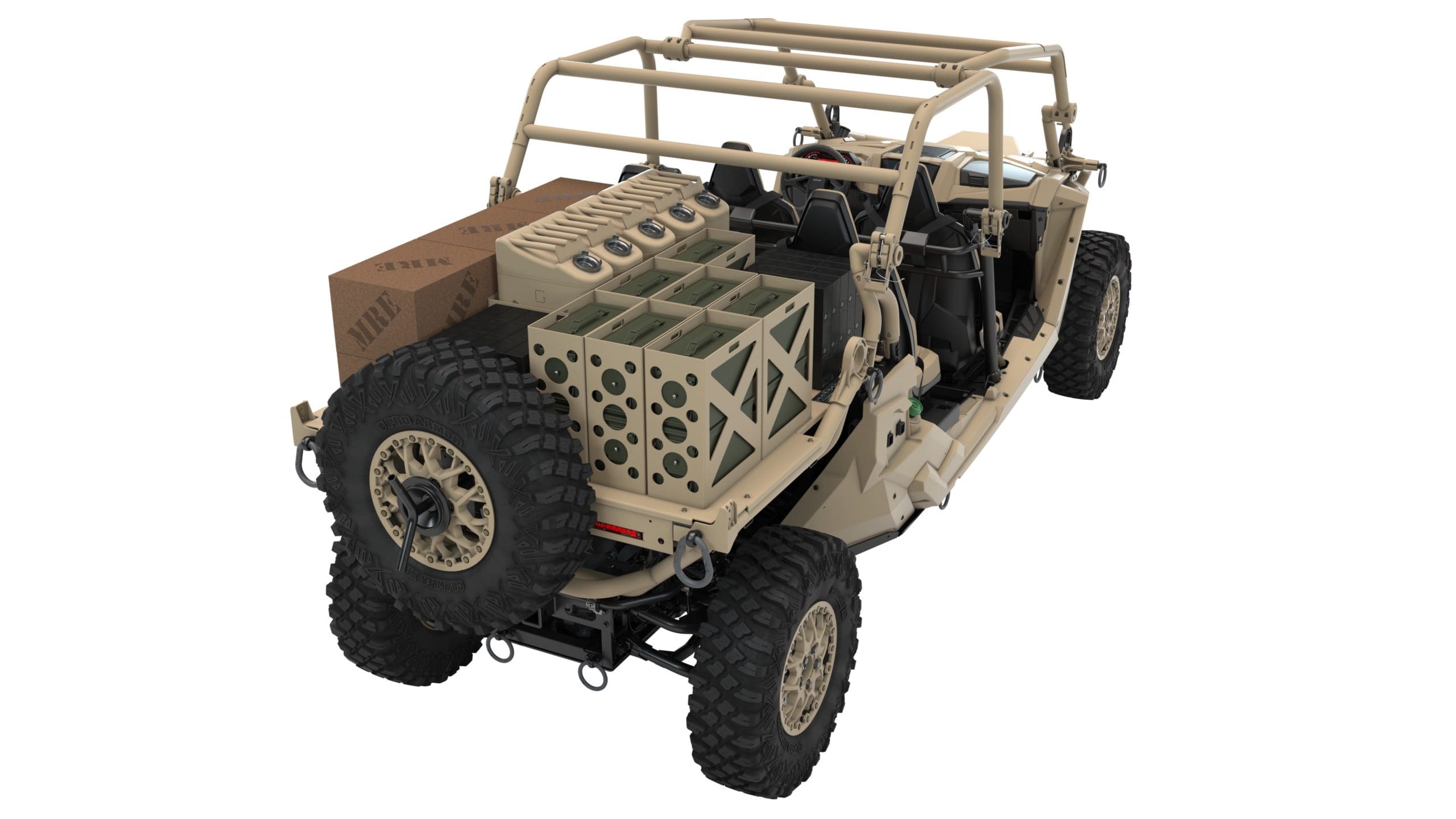
A new chassis provides a larger and more durable foundation for the latest MRZR, which is powered by a high-performance 8-speed automotive transmission and a powerful, yet quiet, 4-stroke, 118 hp turbo-diesel engine. This provides 200 ft-lbs of efficient torque that, when combined with a selectable locker for the 2WD/4WD drive system, delivers superior off-road maneuverability and handling in the most demanding environments, including deep sand. In the cab, there is increased exportable power, more cab space and a greater configurability.
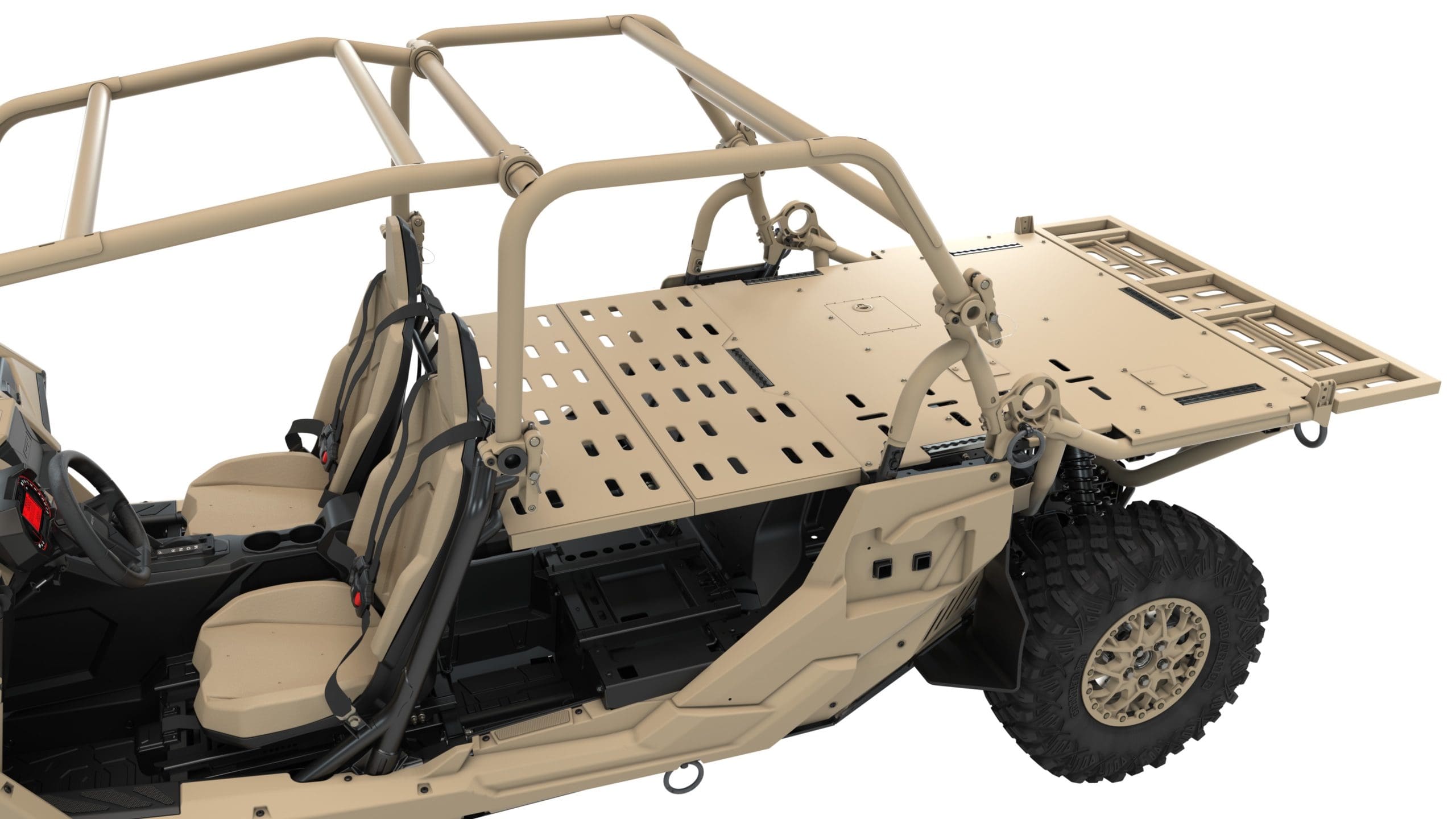
The payload for the MRZR Alpha two and four-seat variants increases to 1400 and 2000 lbs, respectively, and the range at gross-vehicle weight (GVW) increases to 225 miles for expanded mission flexibility. It is heavy-fuel compatible – including DF1, DF2, JP8 and F24 – and can achieve a top speed of over 60 mph to support convoy operations. An expanded off-road profile is made possible with 12 inches of ground clearance at full GVW, high clearance dual A-arm front and rear suspension with payload leveling, and 32-inch, high mobility run-flat tires with bead-lock rims.
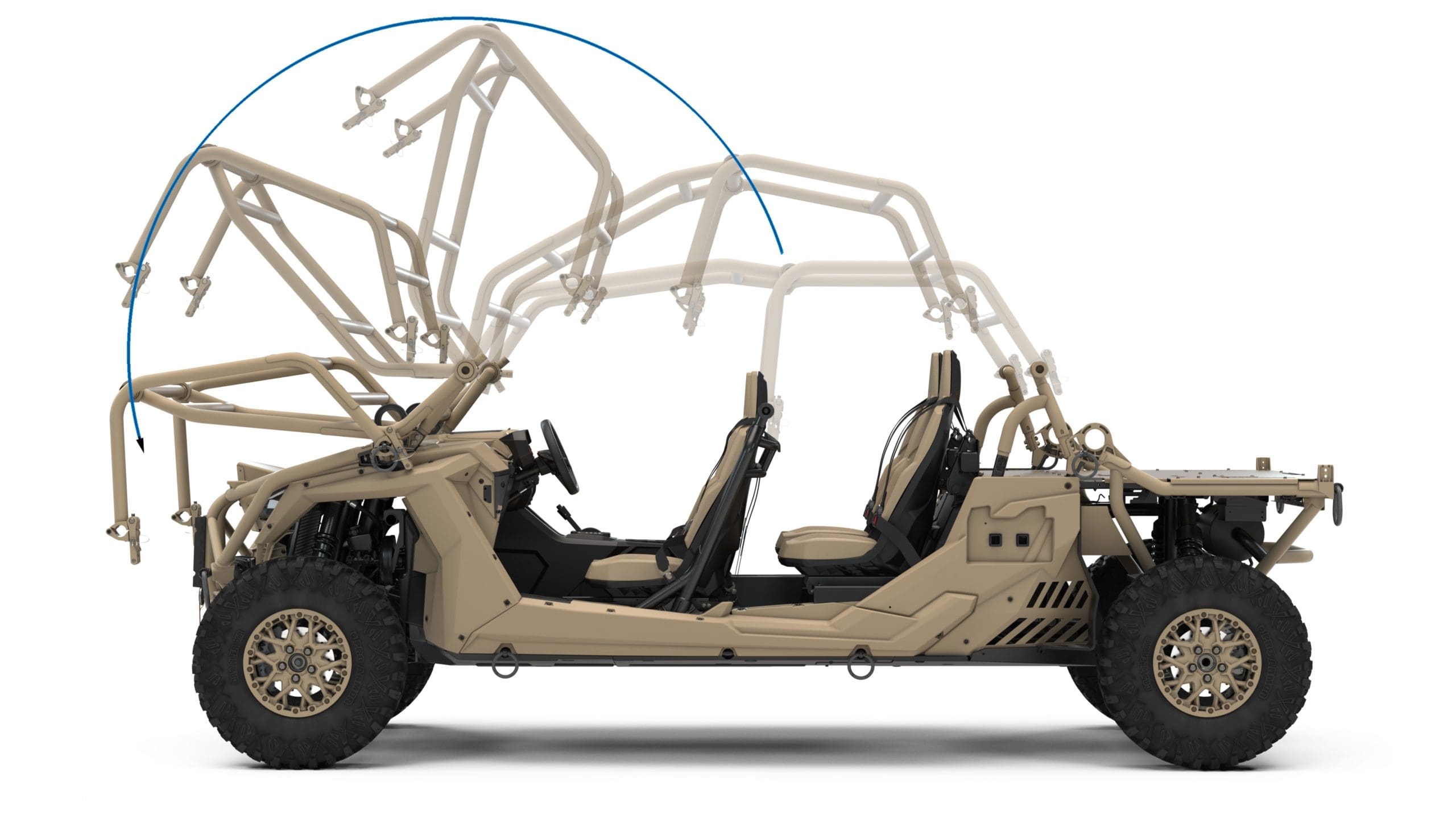
The MRZR Alpha can be internally transported by V-22, H-47 and larger aircraft by leveraging toolless ROPS and spare tire stowage. External transportation includes H-60 and larger rotary wing lift assets. Robust tie down and lifting provisions also allow for LVAD, JPADS and HSL certifications.
Like all Polaris military platforms, the new MRZR Alpha continues a legacy of light tactical military vehicles that are intuitive to operate, easy to maintain, and easy to globally support within an existing worldwide infrastructure of parts distribution and dealer service networks. With the MRZR Alpha, maintenance is simplified through an On-Board Diagnostics interface (OBD-II) for real-time feedback on the status of the vehicle subsystems and a pinpoint diagnostics manual. On board vehicle systems support future condition-based maintenance and guided diagnostics.
Polaris will support the MRZR Alpha worldwide as a global company with over 3,500 dealers and products sold to 120 countries. Polaris has been supplying traditional technical and parts manuals along with in-person training to the military for years – and leveraging corporate resources, Polaris can also offer new training opportunities to the military. Best-in-class online training videos, app-based technologies and computer aided modeling within electronic technical manuals are currently offered to Polaris’ dealers and can be easily adapted to train today’s military technician.
Dedicated Military Field Service Representatives (FSRs) have been teaching operator and maintainer training courses for more than 12 years to the U.S. and its allies. Polaris also provides world-class parts distribution – an established inventory management system allows for proactive management of parts inventory, minimizes lead time for parts and reduces the logistics for supply chain planning and management.
Throughout the 1980s and 90s, the United States military’s rising demand for Polaris off-road vehicles led to Polaris being the first ATV OEM to produce militarized vehicles for U.S. Special Operations Forces and the United States Army. To better serve its military customers, Polaris established Polaris Defense in 2005. Today, Polaris offers full program management and logistics support to manage traditional programs of record for domestic and international customers. Polaris designs, engineers and produces its MV850 ATV, MRZR and DAGOR military vehicles in the U.S.
